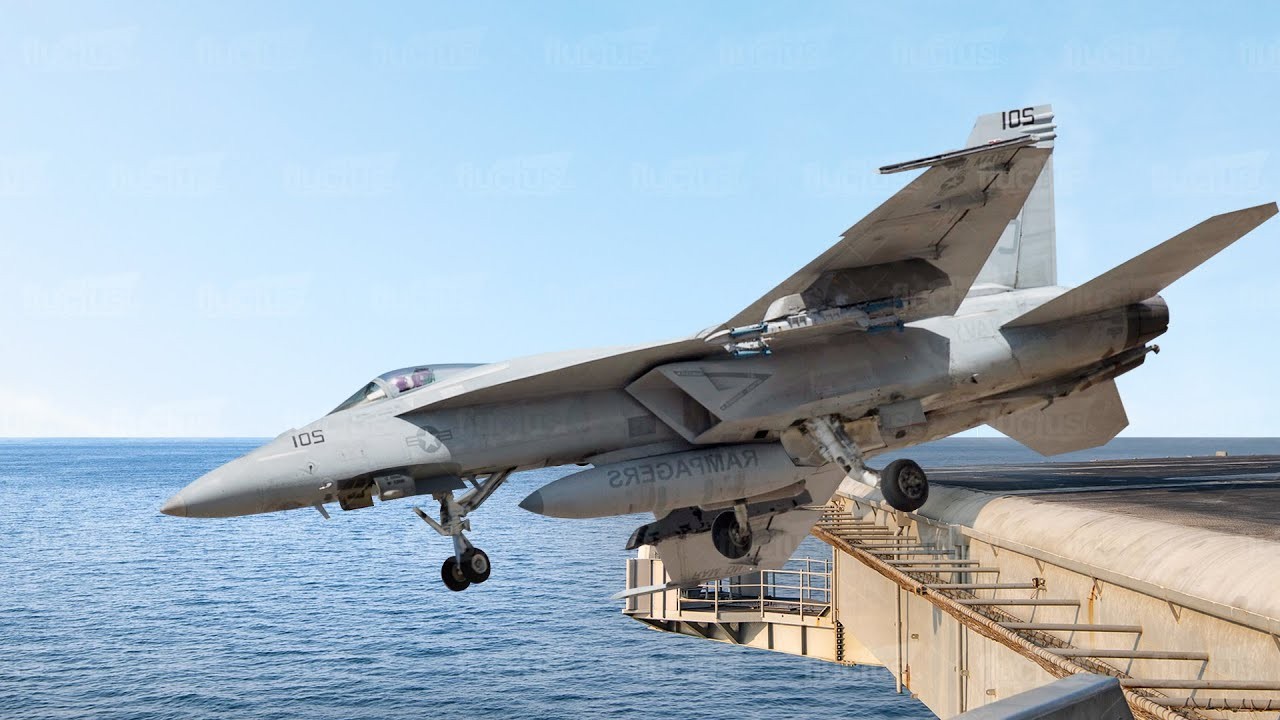Curious about what happens when a pilot misses the landing on a US aircraft carrier? Discover the consequences, factors involved, pilot training, and the importance of safe landings in this intriguing article.
In recent years, the United States has witnessed some instances of aircraft carrier landings gone wrong. Landing an aircraft on a moving carrier is a challenging task, demanding precision and expertise. In this article, we delve into the consequences of a missed landing, explore contributing factors, and highlight the significance of safe landings on American aircraft carriers.
The Consequences of a Pilot Missing the Landing on an Aircraft Carrier
When a pilot misses the landing on an aircraft carrier, the consequences can be dire. The aircraft may crash into the water, resulting in destruction and potential loss of life. In fortunate cases, the pilot may eject before the crash, but this is not always possible. Additionally, the plane may collide with the carrier's deck, causing extensive damage that necessitates expensive repairs and jeopardizes operations.
The Factors that Contribute to a Pilot Missing the Landing
Several factors can contribute to a pilot missing the landing on an aircraft carrier. The carrier's high speed and constant movement pose challenges, while wind conditions can make controlling the plane difficult. The small size of the carrier deck adds complexity, leading to misjudgment of distances. Furthermore, the immense pressure on pilots to land safely can lead to rushed landings or errors in judgment.
The Training Pilots Receive to Prevent Missed Landings
Pilots receive rigorous training to minimize the risk of missing landings on aircraft carriers. They learn to account for wind and wave effects, understand different carrier types, and master specific landing systems employed on carriers. This comprehensive training equips pilots with the skills necessary to navigate these challenging situations.
The Importance of Landing on an Aircraft Carrier Safely
Safe landings on aircraft carriers are of paramount importance. The margin for error is minimal due to the weight and velocity of the aircraft. A missed landing can result in significant damage to both the carrier and the plane. Improper positioning of the aircraft on the carrier can obstruct the runway, impeding the takeoff and landing of other planes.
Conclusion
When a pilot misses the landing on US aircraft carriers, it carries significant consequences. Pilots undergo retraining following such incidents to ensure safe operations. Missing the landing not only endangers lives but also poses a threat to the carrier and its fleet of planes. Prioritizing safe landings is vital for the success and integrity of aircraft carrier operations.

Comments (0)
Please login to join the discussion
Be the first to comment on this article!
Share your thoughts and start the discussion